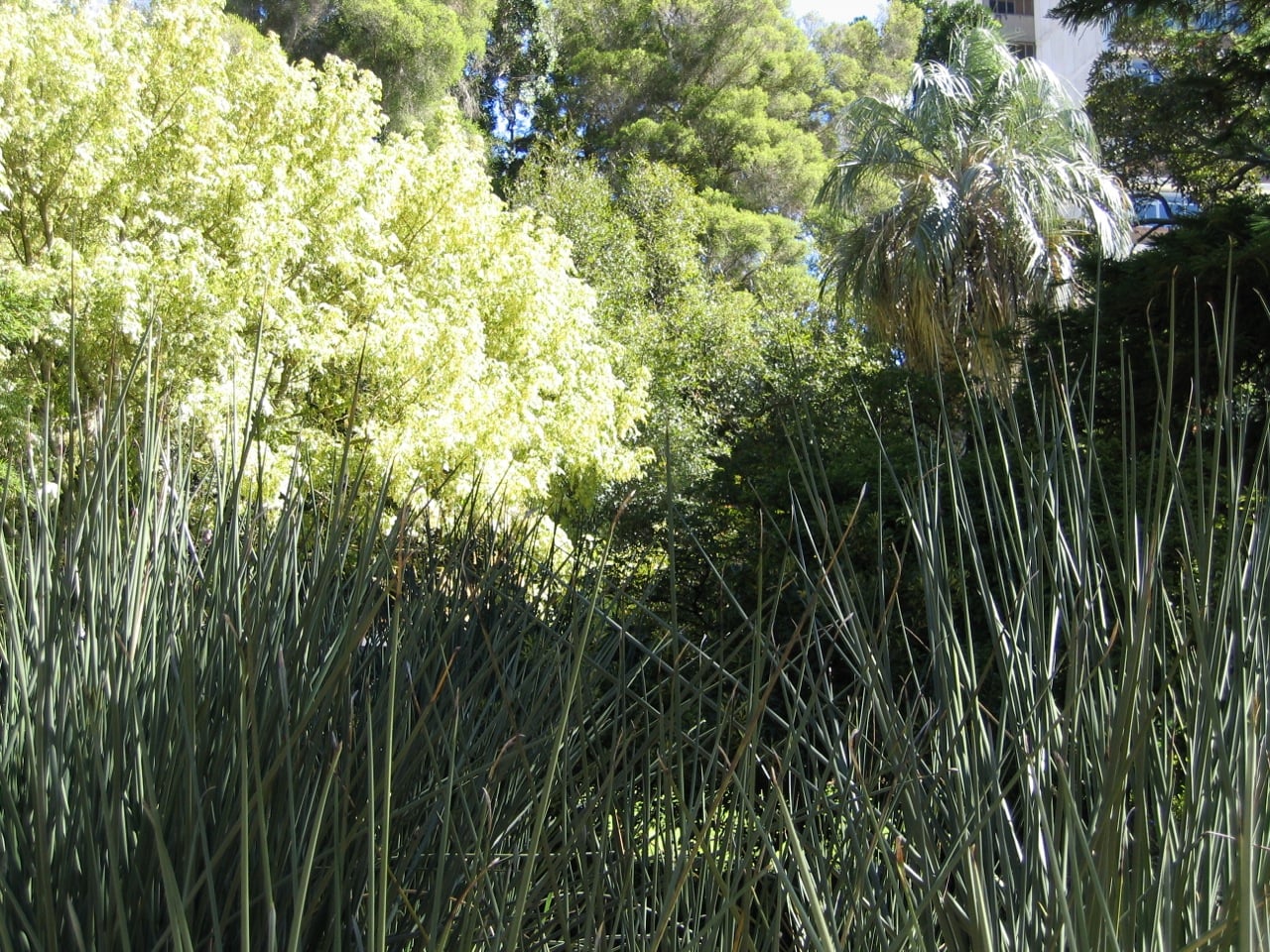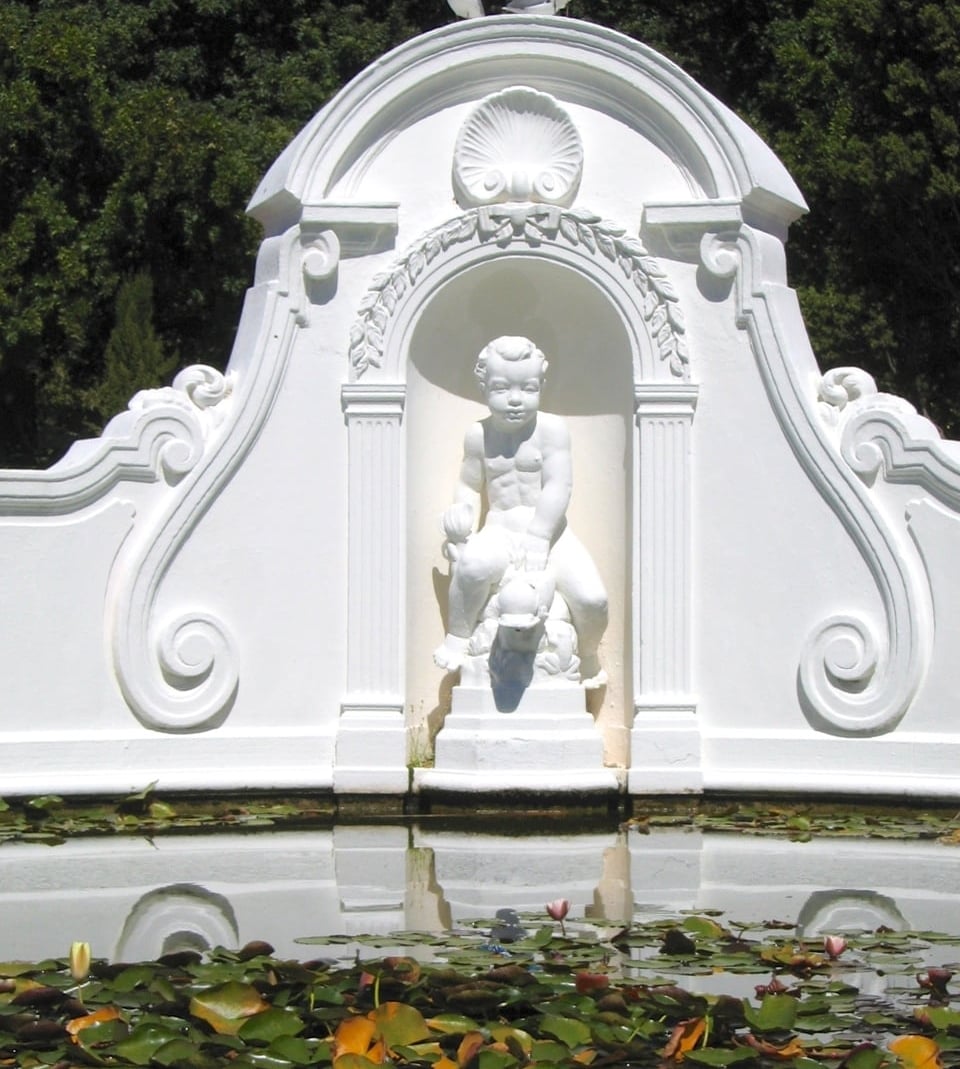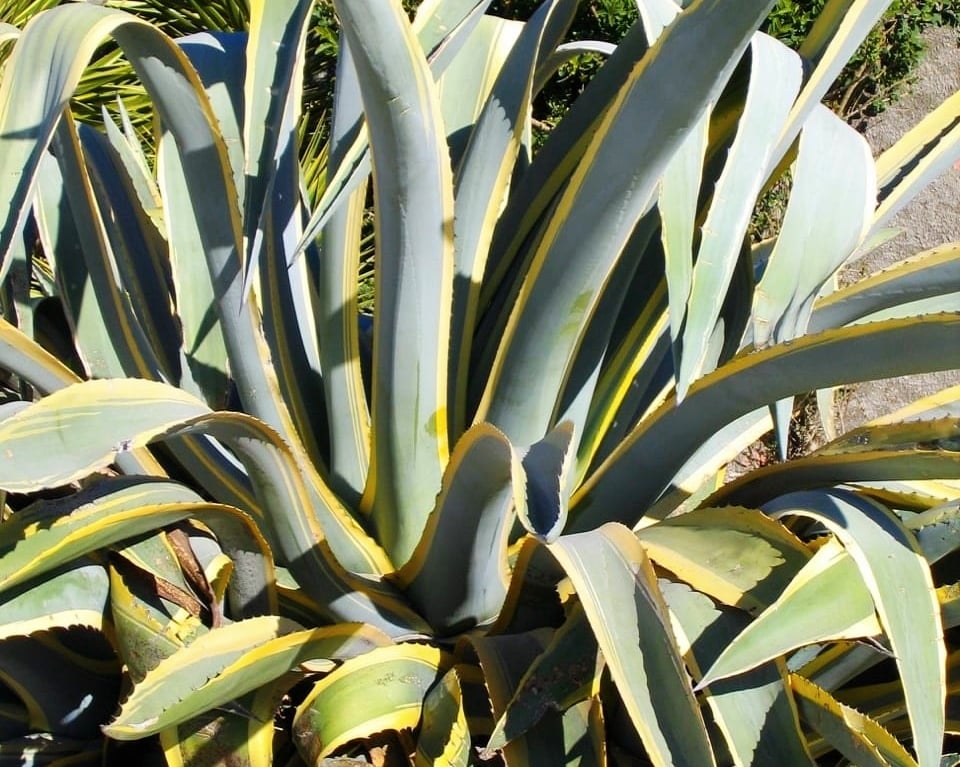I am often inspired by the way gardens connect us to deeply important historical events. Our current national dialogue on race and history reminds me of my visit to the Company’s Gardens in Cape Town, South Africa.
If any garden completely embodies the history of its place, this one does.
This landscape tells several stories: of the founding of a trading post by the Dutch East India Company, of the displacement of the native Khoekhoen people, of a garden and town built by slaves, of the country’s first synagogue, and of the establishment of the national government. The Garden also sits within visual distance of Robben Island – the political prison in which Nelson Mandela’s modern South Africa was born.
Cape Town is one of the most beautiful natural spots on earth, 3 oceans meet on its shores: the Atlantic, the Indian, and the Antarctic. Perennial springs feed a verdant valley. A 3200 foot tall rocky cliff called Table Mountain creates a dramatic backdrop.
The location’s fresh water and rich soil attracted the Khoekhoen people who raised cattle and sheep there for hundreds of years. They defined economic value through livestock ownership; they shared the land as a community.
Unfortunately for the Khoekhoen, Cape Town attracted European traders. The location combines favorable growing conditions with easy access to the sea and sits halfway between Europe and the Spice Islands. It was the perfect place for ships on the lucrative trade route to stock up.
In a race against the English to claim prime trading posts, Dutchman Jan van Riebeeck, representing the Dutch East India Company, settled the area in the 1650’s.
The Garden was created to grow vegetables, herbs, and medicinal plants for settlers and to provision ships. The design consisted of a series of formal square plots along a central axis. As the colony grew, ornamental roses, fountains and paths were added. In the 1700’s botanical work led to the exportation of indigenous plants, such as geraniums, to Europe.
Under British control in the 1800’s, important institutional structures were built in the garden: St. Georges Cathedral, South African College, Public Library, Houses of Parliament, and South African Museum. Over time, half of the garden was lost to make room for these buildings.
In the 1890’s, after special ornamental garden areas were destroyed, the situation got so bad that the entire garden management team resigned! This loss is amplified today, because important sections of the landscape, like the President’s House and Parliament, are closed to the public.
The "Great Synagogue" was built in 1904 to serve Cape Town's growing Jewish community. It lies next to the "Old Synagogue", the first one in South Africa, which was built in 1862.
Over time the formal Dutch layout was torn out and replaced with picturesque elements like curving paths and more naturalistic landscape features, and vegetable gardens were replaced with spaces to celebrate indigenous plants such as grasses, palms, and banana trees.
Despite these changes, some of the garden’s original layout is still visible. There is, for example, a central axis and canals to transport water.
The garden today is a delight. It serves as a gathering place for the city. On the Sunday that I visited, children’s church choirs filled the streets with beautiful hymns, lovers strolled hand in hand, and artists worked at their easels.
In a world where we have often covered up the past, I was deeply moved that the troubled history of this place is never far from the surface.
Statues meant to celebrate important historical figures now serve as complex reminders. There is one of Jan Smuts (who negotiated with Gandhi on pre-apartheid registration requirements); another one of the controversial Cecil Rhodes (the Rhodes statue at the University of Cape Town was recently boarded up to protest his racist actions); and one of Queen Victoria (who never visited despite the importance of this trading port to the British economy).
The Slave Lodge and “Slave Bell” serve as reminders that slaves built this garden and the buildings surrounding it. They should get more credit for what we get to enjoy today.
The garden continues to evolve today to help it maintain its mission as “… the green heart of Cape Town, a place of culture, deep historical roots, tranquility and delight, enjoyed by citizens and visitors alike.” One result of this work is that a historic vegetable garden was added in 2015.
Looking for a garden that embodies the history of a nation? Check out the Company’s Gardens. You will be left with a lot to think about.
Snapshots of Cape Town, South Africa during my Sunday walk: a view of the harbor with Robben Island Prison in the upper left, waterfront clocktower, V&A hotel, a ship's masthead, an artist working in the Garden, and clouds clinging to Table Mountain.
The layout of the garden today reflects picturesque pathways.
















